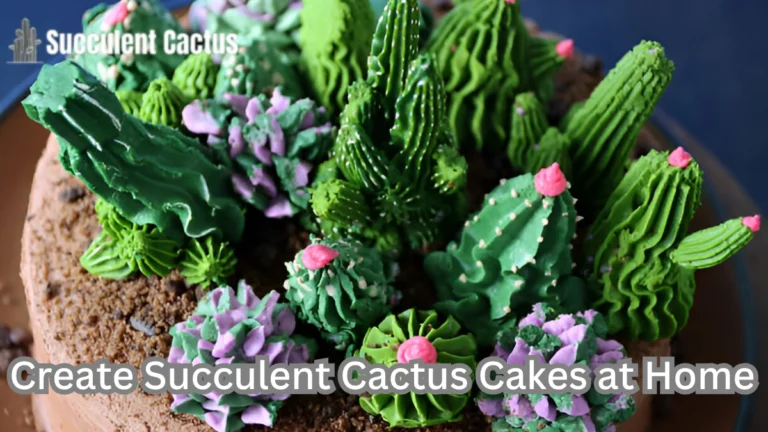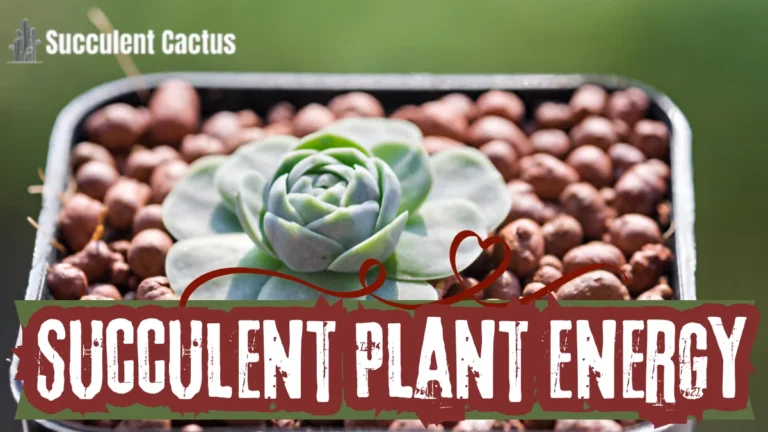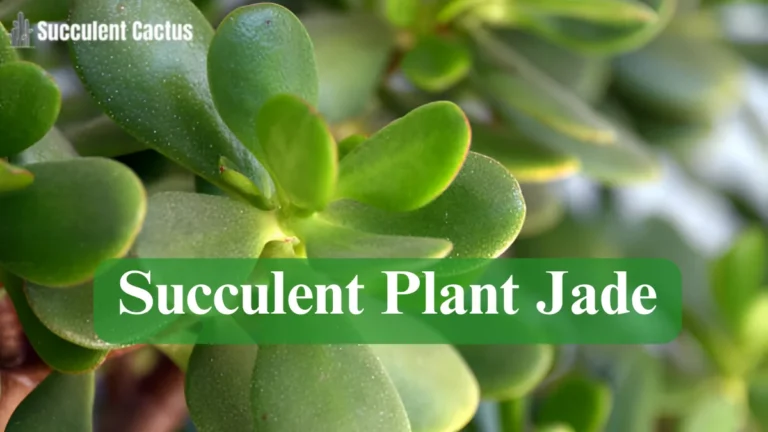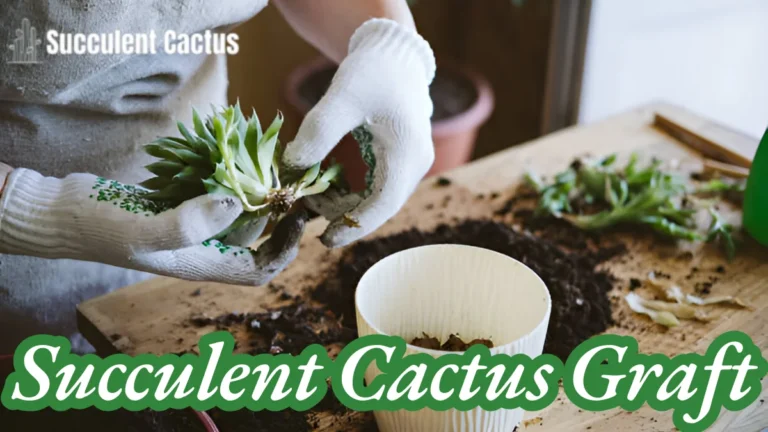What Food Does Cactus Need to Grow? Best Fertilizers for Cactus Plants
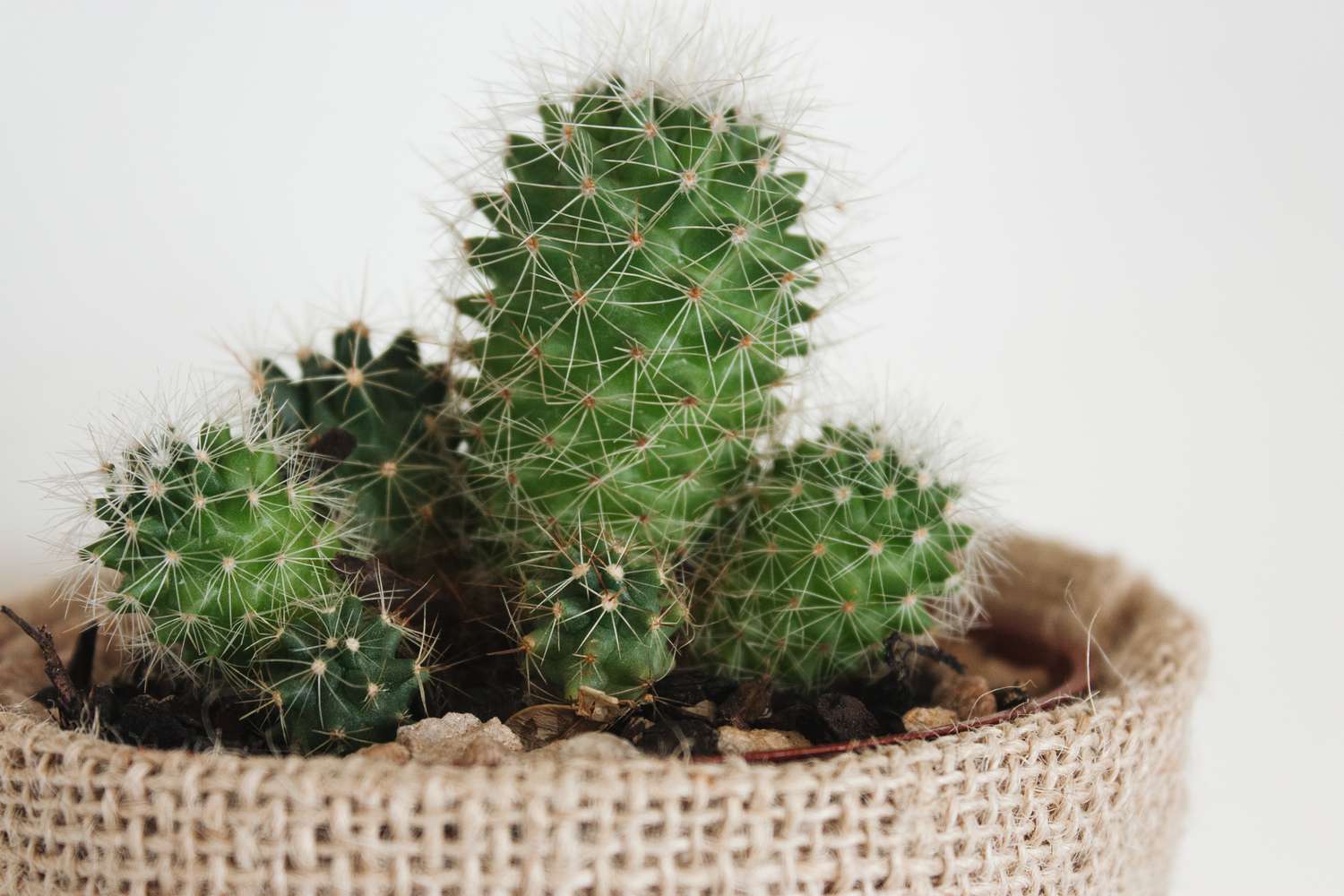
Cacti are resilient plants that thrive in some of the harshest environments. While they are low-maintenance, understanding what food does cactus need to grow is essential for optimal growth and blooming. This article explores the best fertilizers, nutrients, and care techniques to ensure your cactus plants remain healthy and beautiful.
Why Does a Cactus Need Food?
Though cacti are known for surviving in nutrient-poor soils, providing them with the right nutrients can:
- Promote faster growth.
- Enhance blooming and vibrant colors.
- Strengthen their resilience against pests and diseases.
1. What Food Does Cactus Need to Grow?
Essential Nutrients
Cacti require specific nutrients to thrive, including:
- Nitrogen (N): For healthy stem growth.
- Phosphorus (P): Encourages root development and flowering.
- Potassium (K): Enhances overall plant health and drought resistance.
Trace Minerals
- Calcium, magnesium, and iron play crucial roles in photosynthesis and cell structure.
Do Cacti Need Organic Matter?
While organic matter isn’t as critical for cacti compared to other plants, small amounts can improve soil texture and nutrient availability.
2. Best Fertilizers for Cactus Plants
Specialized Cactus Fertilizers
- Formulated with a balanced ratio of NPK, these fertilizers are ideal for cacti.
- Example: 5-10-10 or 10-10-10 blends.
Homemade Fertilizer Options
- Banana Peel Tea: Rich in potassium.
- Compost Tea: Adds essential trace minerals.
Liquid vs. Granular Fertilizers
- Liquid fertilizers are easier to apply and quickly absorbed.
- Granular options provide slow-release nutrients.
3. When and How to Fertilize Cactus Plants
Feeding Schedule
- Fertilize during the growing season (spring and summer).
- Avoid feeding during dormancy (fall and winter).
How Often Should You Feed Your Cactus?
- Once every 4–6 weeks is sufficient for most varieties.
Application Tips
- Dilute liquid fertilizers to half strength to prevent overfeeding.
- Water the cactus before applying fertilizer to avoid root burn.
4. Common Mistakes When Feeding Cactus Plants
Over-Fertilization
- Leads to weak, leggy growth and may harm the roots.
- Use fertilizers sparingly.
Ignoring Soil Quality
- Poor soil drainage can cause nutrient buildup and root rot.
Using the Wrong Fertilizer
- High-nitrogen fertilizers can damage cacti by promoting excessive growth that is weak and prone to collapse.
5. Types of Cactus Plants and Their Feeding Needs
Indoor Cactus
- Require less frequent feeding compared to outdoor varieties.
Flowering Cactus
- Benefit from phosphorus-rich fertilizers to enhance blooming.
Large Outdoor Cactus
- May need extra potassium to withstand harsh conditions.
6. Preparing the Best Soil for Fertilizer Application
Cactus Soil Mix
- Combine sand, perlite, and a small amount of organic matter.
- Ensure proper drainage to prevent overwatering.
Amending Soil with Nutrients
- Add bone meal for phosphorus.
- Use wood ash sparingly for potassium.
7. Signs Your Cactus Needs Feeding
- Stunted Growth: Indicates a lack of nitrogen.
- Yellowing Stems: Suggests nutrient deficiency.
- Poor Flowering: A sign of inadequate phosphorus levels.
8. Seasonal Feeding Guide for Cactus Plants
Spring and Summer
- Focus on balanced fertilizers to support active growth.
Fall and Winter
- Stop feeding as the plant enters dormancy.
Preparing for Blooming Season
- Start feeding with a high-phosphorus fertilizer a month before blooming begins.
9. Organic vs. Synthetic Fertilizers for Cacti
Benefits of Organic Fertilizers
- Improve soil health and structure.
- Slow nutrient release prevents overfeeding.
When to Use Synthetic Fertilizers
- Ideal for precise nutrient delivery.
- Suitable for correcting specific deficiencies quickly.
10. DIY Fertilizer Recipes for Cactus Plants
Eggshell Powder
- Grind eggshells and mix into the soil for calcium.
Coffee Grounds
- Use sparingly to provide nitrogen and improve soil acidity.
Fish Emulsion
- A natural source of nitrogen and trace elements.
11. Feeding Different Stages of Cactus Growth
Seedlings
- Use diluted fertilizers to avoid overfeeding young plants.
Mature Cactus
- Provide regular feeding during active growth.
Old or Stressed Cactus
- Use fertilizers sparingly to avoid overwhelming the plant.
12. FAQs on Feeding Cactus Plants
Can I Overfeed My Cactus?
Yes, overfeeding can lead to root damage and poor growth. Stick to recommended amounts.
Is Feeding Necessary for All Cactus Types?
While some cacti thrive without fertilizers, feeding ensures healthier and faster growth.
What Is the Best Time to Fertilize Cacti?
Early morning or late evening during the active growing season is ideal.
Conclusion
Understanding what food does cactus need to grow is the first step to cultivating healthy, thriving plants. By providing the right balance of nutrients and following a proper feeding schedule, you can enjoy vibrant cacti that enhance your space.

